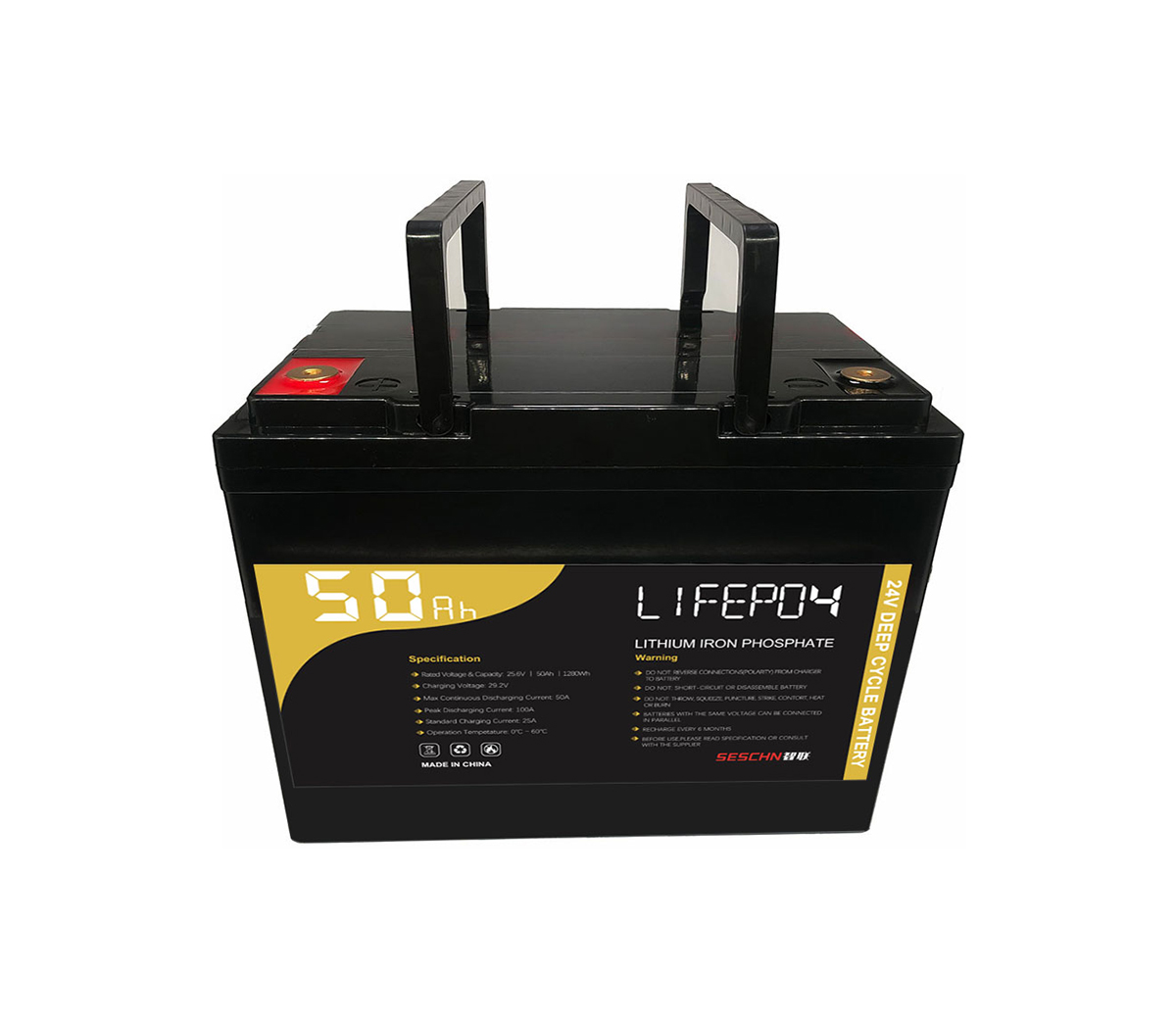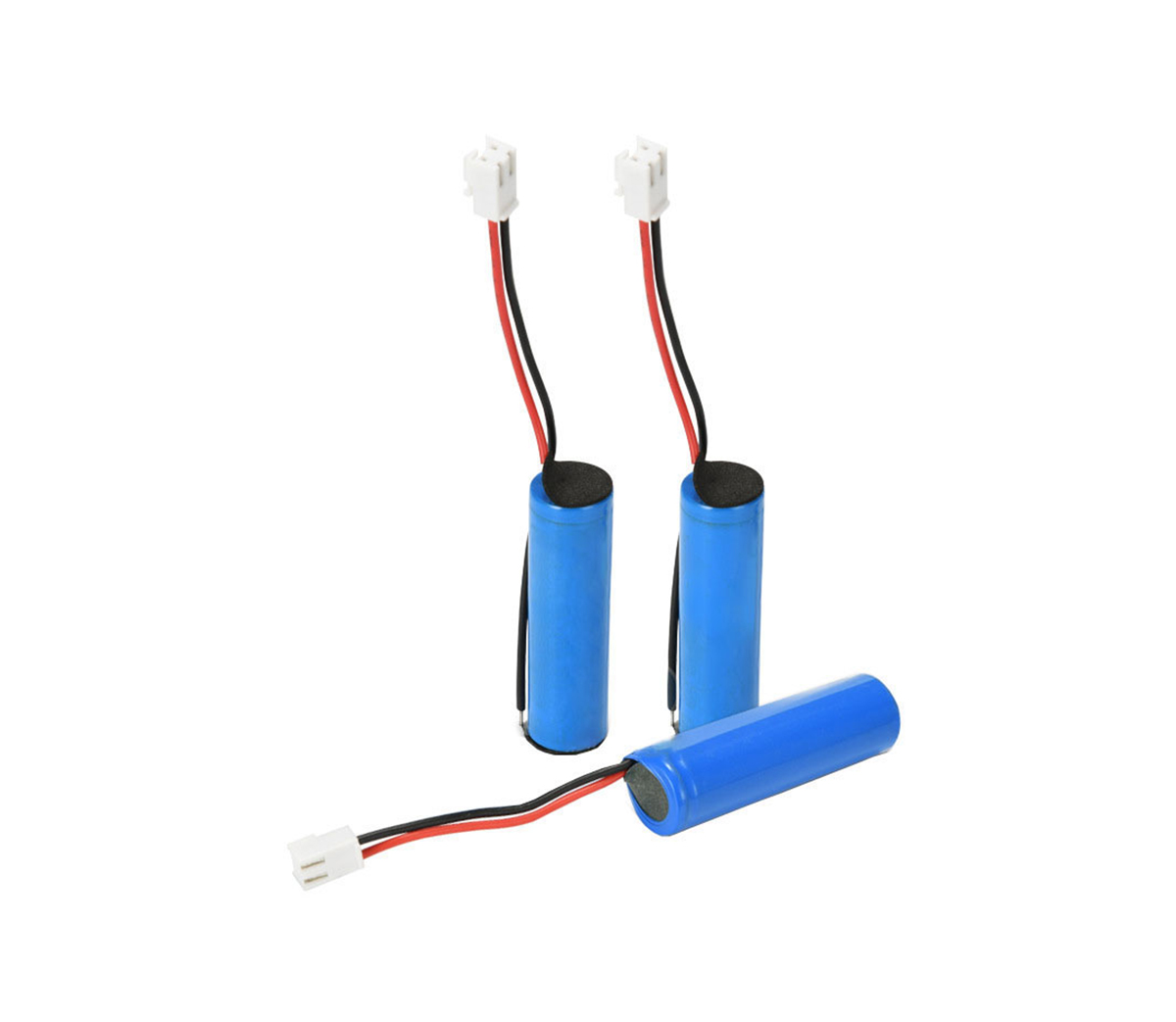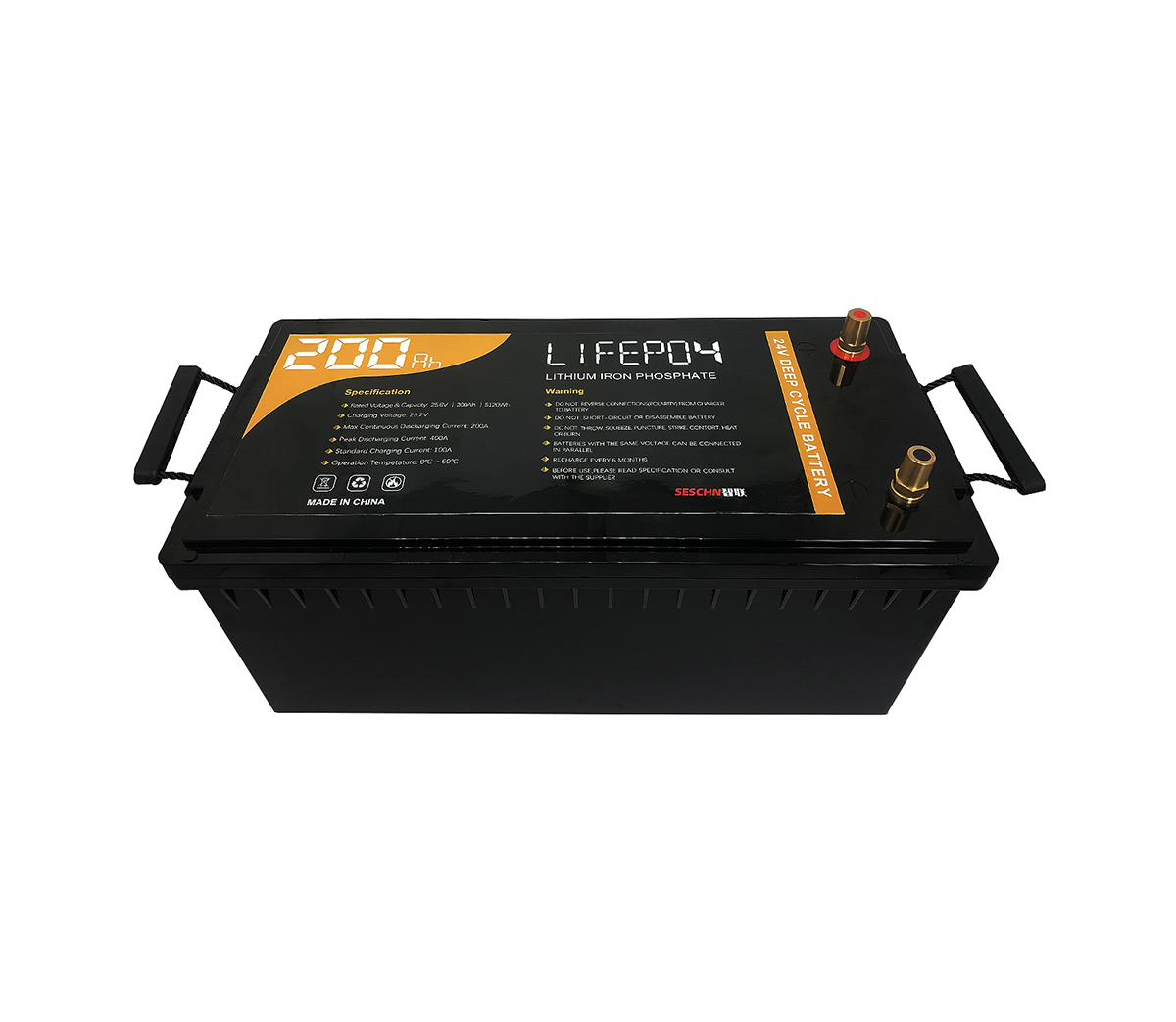The production of lithium-ion batteries is a closely linked process of process steps. On the whole, the production of lithium batteries includes pole piece manufacturing process, battery assembly process and the final liquid injection, pre-charge, formation, and aging process. In the three-stage process, each process can be divided into several key processes, and each step will have a great impact on the final performance of the battery.
The production of lithium-ion batteries is a process that is closely linked with each process step. On the whole, the production of lithium batteries includes pole piece manufacturing process, battery assembly process and the final liquid injection, pre-charge, formation, and aging process. In the three-stage process, each process can be divided into several key processes, and each step will have a great impact on the final performance of the battery.
In the pole piece manufacturing process, it can be subdivided into five processes: slurry preparation, slurry coating, pole piece rolling, pole piece slitting, and pole piece drying. It is understood that the battery assembly process is roughly divided into winding, casing, welding and other processes according to different battery specifications. In the final liquid injection stage, various processes such as liquid injection, exhaust, sealing, pre-filling, formation, and aging are included.
Each process in the battery manufacturing process will cause a certain amount of waste. The reasons for the waste include employee error, equipment error, environmental reasons, etc. In order to ensure that the cost rate of the product is good enough, try to ensure that each step of the product is qualified.
One, the meaning of coating
slurry coating is the next process after the preparation of the slurry is completed. The main purpose of this process is to uniformly coat the positive and negative current collectors with the slurry with good stability, good viscosity and good fluidity. The pole piece coating is of great significance to lithium batteries, which is mainly reflected in the following points:
1. It is of great significance to the capacity of the finished battery
During the coating process, if the thickness of the positive and negative electrode slurry coatings at the front, middle, and back of the pole piece is inconsistent, it will easily cause the battery capacity to be too low or too high, and it is easier to form lithium during the battery cycle, which will affect the battery. life.
2. It is of great significance to the safety of the battery
Before coating, do 5S work to ensure that no particles, debris, dust, etc. are mixed into the pole piece during the coating process. If the foreign matter is mixed, it will cause a short circuit inside the battery, which may cause the battery to catch fire and explode in severe cases.
3. It is of great significance to the consistency of battery performance
The battery factory is more taboo about the large difference in capacity and cycle life among a batch of batteries, so during the process of coating the pole piece, it is necessary to ensure that the parameters before and after the pole piece are consistent.
4. It is important for battery life
The large difference before and after the slurry coating, the mixing of dust into the pole piece, the uneven thickness of the pole piece on the left and right sides, etc., are all related to the pros and cons of the battery's electrochemical performance.
Therefore, the requirement of this process for slurry coating is: when the slurry is good enough, the density of the active material in the pole piece should be the same in the front, middle and back, and no impurities mixed in during the coating process. Of course, the quality of the pole piece is not only determined by the effect of the coating. If the pole piece has serious powder loss, is not resistant to bending, and there are white bubbles in the pole piece, this is the problem of the slurry. Need to go back to the first step to solve it.
2. Coating method
It is understood that the coating equipment is mainly composed of winding and unwinding unit, feeding unit, tension control system, coating head, oven and other parts. Coating can be divided into transfer coating and extrusion coating, both of which have advantages and disadvantages.
1, transfer coating
The coating roller rotates to drive the slurry, and the amount of slurry transfer is adjusted by adjusting the gap of the doctor blade, and the slurry is transferred to the substrate by the rotation of the back roller or the coating roller. According to the process requirements, the thickness of the coating layer is controlled to meet the weight requirements At the same time, the solvent in the slurry spread on the substrate is removed by drying and heating, so that the solid matter is well bonded to the substrate. As shown in Figure 1.
Comprehensive analysis of the production process of lithium battery pole pieces
Its advantage is that it does not require high slurry viscosity, it is easy to adjust the coating parameters, and there is no blockage, etc. The disadvantage is that the coating accuracy is poor for the power battery, and the consistency of the pole piece cannot be guaranteed. Exposure of the slurry to the air between the rolls has a partial effect on the properties of the slurry.
2, extrusion coating
The feeding system delivers the paint to the screw pump, and then the slurry is powered to the extrusion head. The slurry is made into a liquid film by extrusion and then coated on the moving current collector. After drying, a uniform texture is formed Coating, as shown in the picture. Its advantages are that the pole piece after coating is very uniform and high precision, the edge of the coating is flat, the operating system is closed, and it is not affected by foreign matter, and it is suitable for mass production. Its shortcomings are that the equipment requires high precision, high maintenance requirements, high slurry viscosity range requirements, and new gaskets need to be replaced when changing specifications.
Comprehensive analysis of the production process of lithium battery pole pieces
Three, pay attention to the problems in coating
During the coating process, reducing coating defects, improving coating quality and yield, and reducing costs are important aspects of the coating process that need to be studied. The waste produced in the coating process is mainly the initial adjustment of the machine (related to the operation level of the craftsman), the interruption of the coating of the foil, and the mixing of foreign objects. Each time the machine is stopped, a certain distance will be wasted.
The problems that often occur in coating are: raw material contamination, unstable coating process, irregular operation, incorrect drying program settings, etc. These problems often cause the following problems in the pole piece:
point defect
mainly comes from bubbles in the slurry and foreign matter mixed in. It is understood that bubbles can come from incomplete defoaming during stirring, during feeding work or during coating. Foreign matter mainly comes from operating errors or environmental problems.
During the coating process, the internal bubbles of the slurry are sprayed on the pole piece. When it is dried in the oven, the bubbles burst, forming a white round spot on the pole piece. The active material coating here is thinner, and it is most likely to cause micro short circuits during battery charging and discharging. When there is foreign matter in the pole piece, the coating film around the particles is a low surface tension area, and the liquid film migrates to the surroundings in an emissive state, forming point defects. The main means to prevent such defects are: controlling the operating environment, optimizing slurry mixing, controlling the coating speed, and ensuring that the substrate is clean.
Thick edge defect
During the rolling process of pole piece, the thick side bears greater pressure, which not only causes the difference in the lateral density of the pole piece, but also causes the live material particles at the thick side to be crushed. After the pole piece with thick edge defects is pressed, serious warping will occur, which will have a great impact on the subsequent slitting and winding process. After the live material particles at the thick side are crushed, the transmission path of lithium ions and electrons becomes longer during the charging and discharging process, which will increase the internal resistance of the battery and deepen the polarization, which will affect the service life and safety of the battery.
At the same time, because the edge of the pole piece is thicker and forms a stress concentration point inside the core, it is very easy to cause lithium evolution and micro-short circuit, which is also extremely detrimental to the battery performance. The thick edge is caused by the surface tension of the slurry, which causes the slurry to migrate to the edge of the pole piece where there is no coating, and the thick edge is formed after drying.
Research found that the coating speed has no significant effect on the edge width and height. The edge gradient increases as the coating speed increases, reducing the gap ratio (coating gap/film thickness) can reduce the edge effect. Related gap coating research results show that thick edges can also be reduced by adjusting the coating gap and pressure pre-adjustment. Using surfactants to reduce the surface tension of the slurry can also reduce the occurrence of thick edges to a certain extent.
Fourth, the future development trend of coating technology
Extrusion coating has been widely used in the field of power batteries due to its high precision, uniform coating, and suitable for large width coating, and it has gradually replaced the transfer coating machine suitable for pilot lines. In the future, the coating process will develop in the direction of high equipment performance, high utilization rate, online thickness measurement control accuracy, and improvement of drying efficiency.


































